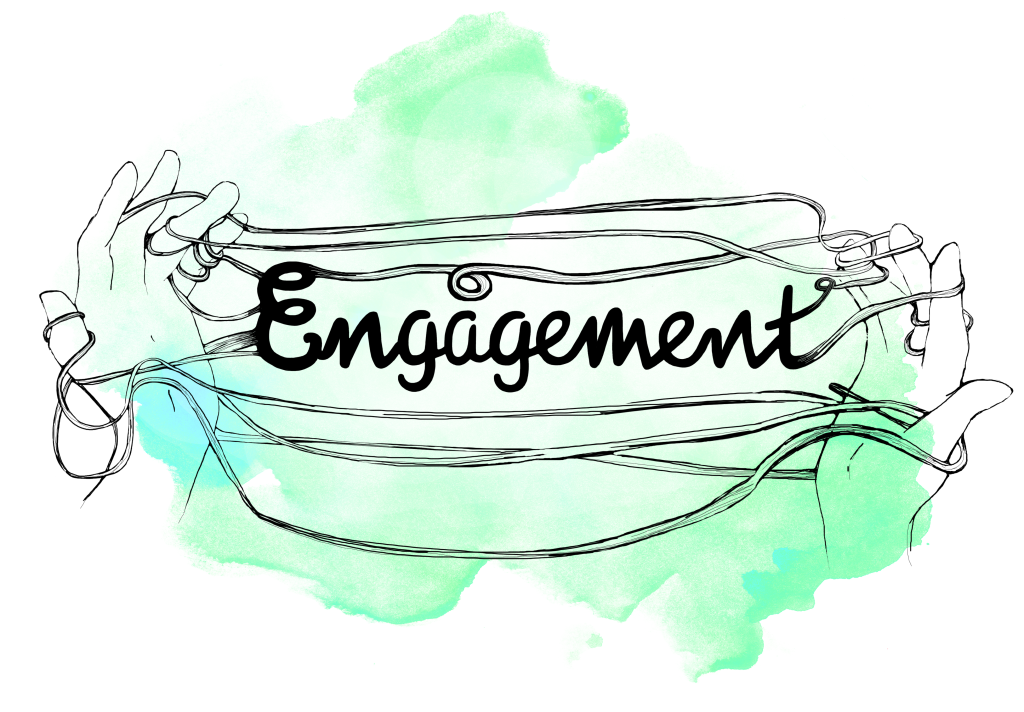
The teaching and learning literature consistently demonstrates that positive relationships with peers and instructional staff play a significant role in student’s overall learning experiences (Rowen & Grootenboer, 2017). However, students with disabilities and those marginalized in other ways can often be left out of these important connections due to a host of barriers (Vancouver Island University, n.d.).
When a classroom is physically inaccessible or socially unwelcoming of diverse experiences and views, disabled and non-traditional students can come to feel intimidated by the culture of academia, excluded from relationships, and like they don’t belong on campus (Vancouver Island University, n.d., p. 7; Weimer, 2012).
In this module, we will review barriers in both physical and social classroom environments and offer recommendations for anticipating and mediating these barriers to enhance student engagement and connection.
Our goal is for all students, and especially those with disabilities and from equity-seeking groups, to be able to access meaningful and supportive relationships with peers and instructional staff as part of their education.
Learning Outcomes
By the end of this module, you should be able to:
- Identify 2 barriers that students may experience in your physical and/or social classroom environment; and
- Apply Flexibility, Alignment, Variety, and/or Explicitness to develop a strategy for mediating these barriers to enhance access for all.
